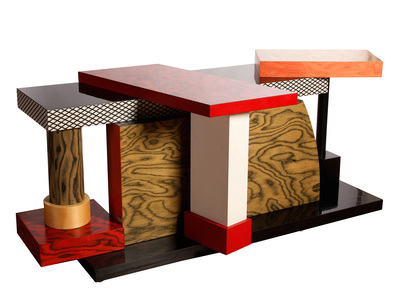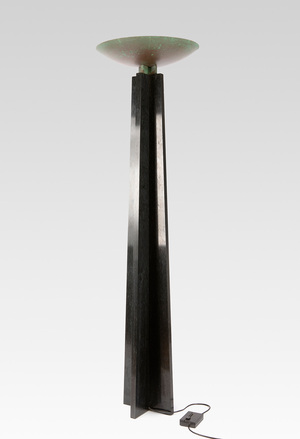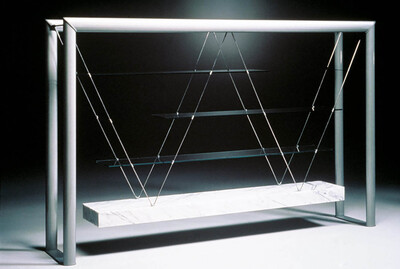“Made in Italy” design: avant-garde and innovation
To speak of Italian design is to speak of innovation, avant-garde, quality, and elegance.
Italy has been and is a point of reference in the field of interior decoration. Talking about Italy is undoubtedly synonymous with art and culture, but it is also synonymous with industry, innovation and luxury. In this sense, the concept of Italian design furniture is intrinsically linked to high-quality furniture, with elegant and clean lines, but also with large doses of creativity and modernity. Therefore, the “Made in Italy” design is distinctive of exclusivity and avant-garde in both technique and aesthetics.
In this sense , the entry of the 20th century marked a turning point that would start a new chapter in Italian furniture design . While before the First World War, Italian design was consistent with international style and lacked a balance between elegance and creativity, at the end of the war Mussolini’s fascist regime brought about the total isolation of Italy, which resulted in the creation of a truly Italian design. Before the fall of fascism at the beginning of the 1940s and the opening to the outside world, Italian furniture experienced a period of splendor guided by designers such as Piero Bottoni, Antonio Citterio, Gio Ponti, Ico Parisi and Luigi Caccia Dominioni, who gave their designs a distinctive, sophisticated and original touch.
In short, the Italian style both for its history and for its aesthetics, it will always be a success if we try to give added value to our decoration. Below, we present some of the names that, among many others, you will be able to find in our next Design and Decorative Arts auction:
- Ettore Sottsass ‘s designs are probably the most coveted by collectors around the world. Singers like David Bowie or Miley Cyrus, or designers like Karl Lagerfeld were fascinated by the mixture of striking colors, geometric shapes and a playful mentality that characterized the pieces of the Memphis collective of which he was a part.
- Massimo Vignelli created his own firm, Vignelli Associates, together with his wife. Lella Basó, giving birth to creations that, like the Wagnerian lamp, are synonymous with modernism and simplicity, manifesting themselves through her taste for the use of geometric designs. The synthesis between classicism and modernity gives the piece a timeless and eternal patina, which is accentuated by the use of black marble combined with patinated metal.
- Andrea Branzi , who belonged to such iconic groups as ‘Archizoom’ and ‘Memphis’ in the 60s, 70s and 80s, was one of the most unconventional Italian architects of the 20th century. Rejecting functionalism and for anti-design, he became one of the protagonists of the Florentine radical movement and one of the most respected voices.
- The playful aspect of Lucio del Pezzo’s designs is evident in the bookcase that we present here. The ironic tone and the use of decontextualized everyday objects make his works reminiscent of Pop Art, but there is also an obvious echo of Giorgio De Chirico, Carlo Carrà, Giorgio Morandi and the geometries of metaphysical painting.









